Understanding Membrane Switches
A membrane switch stands as a pivotal interface component for a multitude of electronic devices. This versatile technology operates on the simple principle of touch and can be found in various applications, from industrial controls to consumer electronics. A membrane switch typically consists of multiple layers, including a graphic interface layer, a circuit layer, and a backer layer, all functioning cohesively to detect and transmit user inputs.
Types and Applications
The diversity of membrane switches is evident in their range of types, such as tactile membrane switches and non-tactile variants, each offering distinct feedback mechanisms. Tactile switches provide a physical snap that indicates activation, while non-tactile ones are smooth and often used in sealed environments. Applications are vast, extending to membrane keypads on medical equipment, membrane panels in industrial machinery, and compact membrane button configurations in consumer electronics.
Features and Materials
The construction of a membrane switch involves materials that ensure durability and functionality. Polyester and polycarbonate are commonly used for their resilience and flexibility. Features may include LED indicators, metal dome switches for enhanced tactile response, and ESD shielding. The integration of custom graphics and multi-color designs is also a notable feature, allowing for custom membrane keypads that align with brand aesthetics and user interface requirements.
Advantages of Membrane Switches
Opting for a membrane switch keypad brings several advantages. Their slim profile contributes to the compact design of devices, while their sealed nature offers resistance to dust and moisture. The ease of customization allows for custom membrane keyboards tailored to specific user needs, and their straightforward interface promotes user-friendly operation across various devices.
Choosing the Right Membrane Switch
Selecting the appropriate membrane switch involves considering the application's demands. For tactile feedback, a keypad membrane switch with metal domes might be ideal. In contrast, a non-tactile membrane keypad custom solution could be better suited for a sealed, clean environment. Collaborating with experienced membrane switch manufacturers can aid in identifying the optimal configuration for any given application.
Partnering with Manufacturers
Engaging with a membrane keyboard manufacturer through Alibaba.com facilitates access to a broad selection of switches. Manufacturers can provide insights into the nuances of membrane switch and panel design, ensuring that the end product aligns with the functional and aesthetic needs of the application. While Alibaba.com connects buyers with suppliers, it is essential to communicate directly with manufacturers to discuss specific requirements for custom membrane switches.

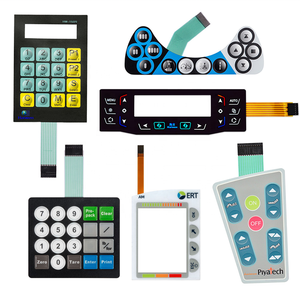

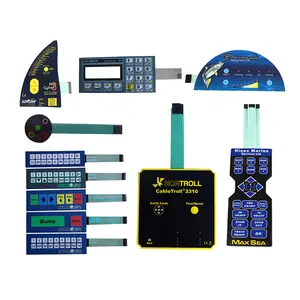



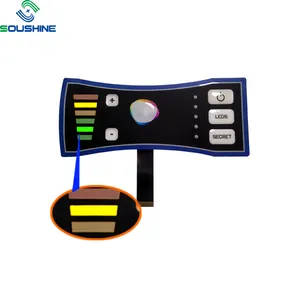


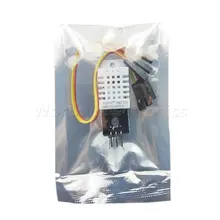
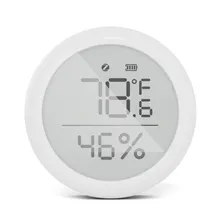





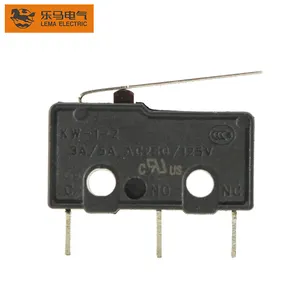

























 浙公网安备 33010002000092号
浙公网安备 33010002000092号 浙B2-20120091-4
浙B2-20120091-4